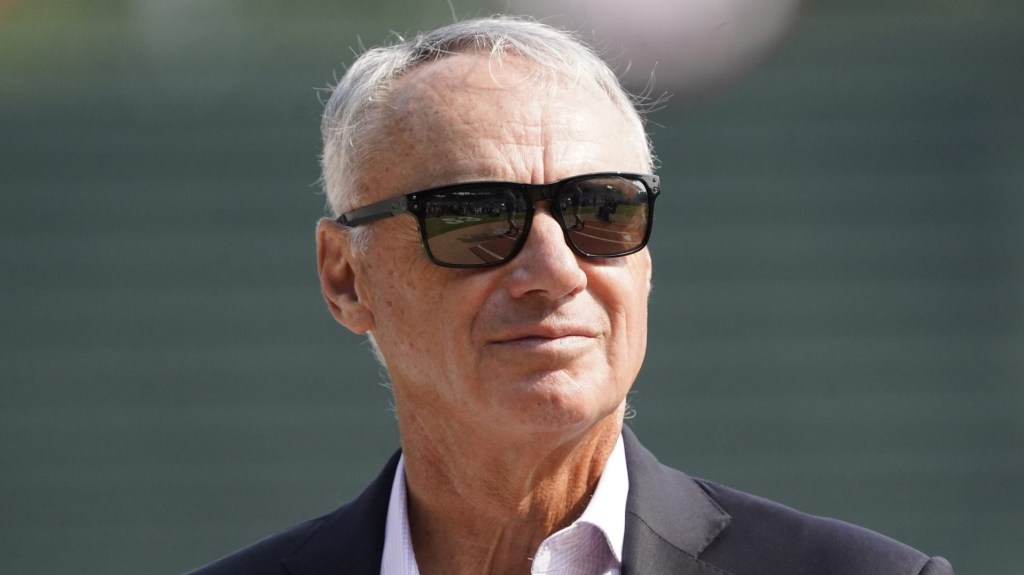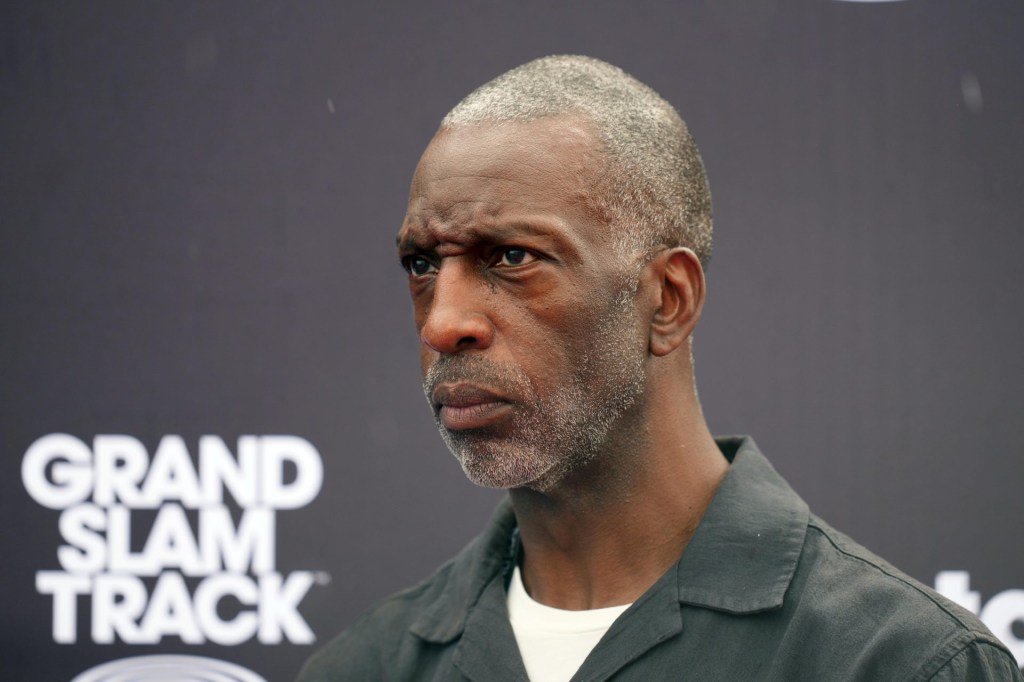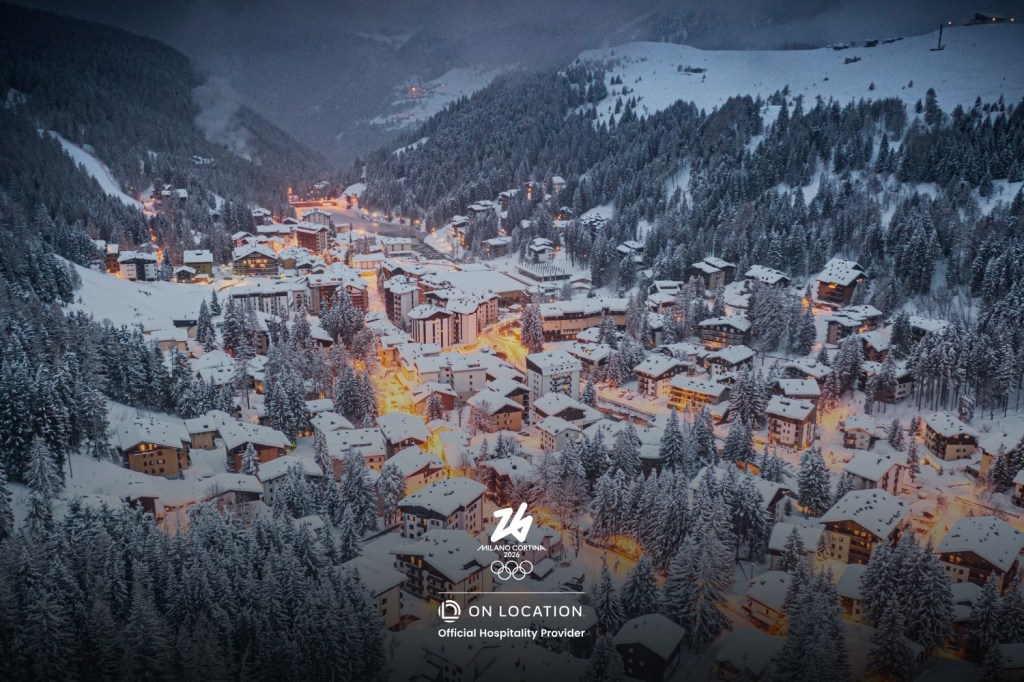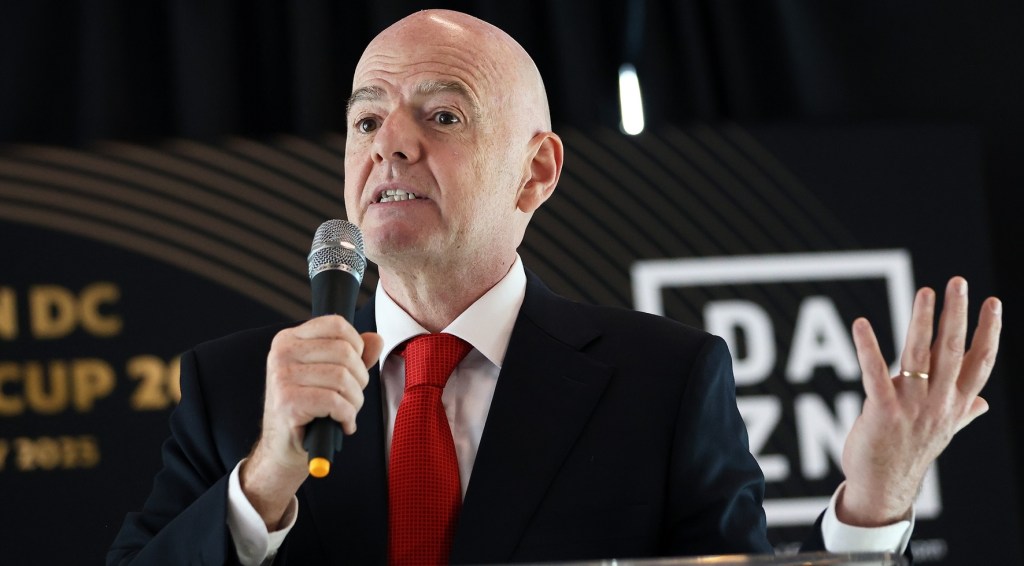Sweltering temperatures reaching close to 100 degrees in some parts of the East Coast this week are expected to continue into the end of June.
The FIFA Club World Cup has been affected as nine of the 11 host cities are in the line of fire for the heat wave. Real Madrid’s star forward Vinicius Junior had to leave a match against Al-Hilal on Wednesday in Miami due to cramps and the heat of the pitch. Temperatures for the match at Miami’s Hard Rock Stadium hit 90 degrees and humidity nearing 70%, with three more games still to be played there. Borussia Dortmund’s bench watched its 4-3 win over the Mamelodi Sundowns Saturday from the locker room in Cincinnati because of the heat.
The tournament, which began on June 14 and ends July 13, is battling the heat with cooling breaks in the 30th and 75th minutes of every match. Fans are allowed to bring empty reusable bottles up to one liter to every hosting stadium.
“FIFA’s top priority is the health of everyone involved in football, and FIFA’s medical experts have been in regular contact with the clubs participating in the FIFA Club World Cup 2025 to address heat management and acclimatization,” soccer’s global governing body said in a statement to Front Office Sports. FIFA has deployed medical personnel to assist players, the statement said.
Some teams are preparing their squads for the matches by turning the heat up at practice. Manchester City held practice nearing two hours during the hottest parts of the day in Boca Raton, Fla., leading up to the tournament to prepare. Real Madrid built its temporary training complex in Florida from the ground up using heated tents in practice to prepare its players for the game-time conditions.
The tournament moves to the end of group this week with the heat expected to continue. Auckland City FC and Boca Junior’s Tuesday match is expected to hit 95 degrees at Geodis Park in Nashville on Tuesday.
Chelsea’s manager Enzo Maresca said Monday it has been almost impossible to train because of the weather in Philadelphia ahead of its match against ES Tunis Tuesday. Temperatures have been reaching the mid-90s this week.
“I always try to avoid excuses, I always try to be honest,” Maresca said in a press conference before the match. “It’s reality. It’s difficult to work with these temperatures. But we are here, and we will try to win tomorrow’s game. It’s impossible to do a normal session.”
The games played during the daytime have helped accommodate for European audiences at the expense of the players. Luis Enrique, manager of Paris Saint-Germain, said after its noon 4-0 win over Athlético Madrid last week, “The time slot is great for European audiences, but the teams are suffering.”
Temperatures at the PGA’s Travelers Championship in Cromwell, Conn., surpassed 90 degrees. Trinity Health of New England provided hydration stations along the course as well as an air-conditioned fan zone with cooling towels, special baby changing and feeding accommodations, and charging stations.
The heat took a toll on many MLB teams across much of the country as only eight of the 30 clubs have a retractable roof or dome.
Reds shortstop Elly De La Cruz vomited and dropped to his knees on the field Saturday in a loss to the Cardinals in St. Louis. He managed to stay in the game as temperatures hit 92 degrees. Mariners relief pitcher Trent Thornton had to be helped off the mound due to the 94-degree heat in the eighth inning of Seattle’s loss to the Cubs in Chicago. The Cubs set up cooling and misting stations across Wrigley Field for fans.
“I actually watched him. He drank a bunch of water. I mean a bunch,” Reds manager Terry Francona said of De La Cruz, “and then he went right out and got rid of it.”
With temperatures hitting 94 degrees, the Pirates gave out free water during its home series finale with the Rangers Sunday. The ballpark barely reached over 50% capacity.
“Oh, man, [the heat] was stifling,” Pirates manager Don Kelly said. “It was really hot out there. And thinking about the catchers, too, Joey [Bart] getting back there, and really trying to make sure that they’re hydrated and doing OK because it was hot. The starting pitcher and catcher are the ones you worry about, but it affects everybody.”
The East Coast of the U.S. is currently under a heat dome, which is when a high-pressure system develops in the upper atmosphere, causing the air below it to sink and compress. That raises temperatures in the lower atmosphere. The peak will likely be on Tuesday and subside after.



![[US, Mexico & Canada customers only] Dec 5, 2025; Washington, District of Columbia, USA; United States of America President Donald Trump, FIFA President Gianni Infantino and Canada Prime Minister Mark Carney watch from the stands during the FIFA World Cup 2026 Final Draw at John F. Kennedy Center for the Performing Arts.](https://frontofficesports.com/wp-content/uploads/2025/12/USATSI_27745262_168416386_lowres-scaled.jpg?quality=100&w=1024)













